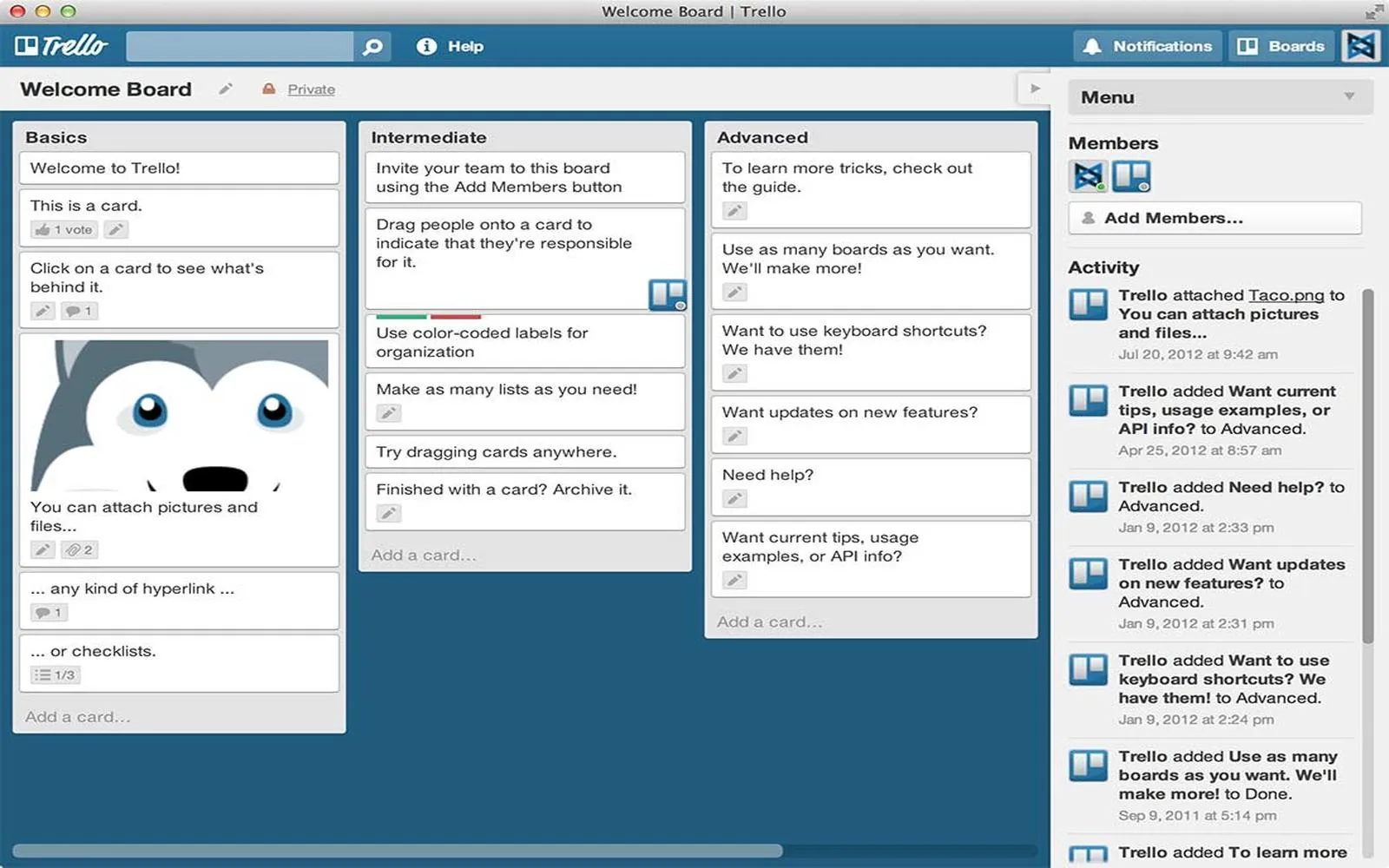Managing remote employees can be a challenging task, especially as more organizations shift to flexible work environments. With the right strategies and tools, however, you can ensure that your remote team remains productive, engaged, and aligned with your business objectives. Here are seven effective tips for managing remote employees that can help you create a thriving virtual workplace.
1. Establish Clear Communication Channels
Effective communication is essential for managing remote employees. Establishing clear communication channels helps to reduce misunderstandings and keeps everyone on the same page. Utilize tools like Zoom, Slack, or Microsoft Teams to facilitate real-time communication. Schedule regular check-ins and encourage open dialogue among team members to foster collaboration and transparency.
2. Set Clear Expectations and Goals
When managing remote employees, it’s crucial to set clear expectations and goals. Define project deadlines, performance metrics, and specific outcomes you expect from your team. This clarity not only aligns the team’s efforts but also helps in tracking progress. Use project management tools like Trello or Asana to keep everyone accountable and ensure that everyone understands their individual roles.
3. Leverage Technology for Collaboration
Utilizing technology effectively can significantly enhance collaboration among remote employees. Tools such as Google Workspace or Microsoft 365 allow team members to work on documents simultaneously, share feedback, and store files in a centralized location. This access to collaborative tools is vital in ensuring that remote employees feel connected and engaged with their work and each other.
4. Foster a Positive Company Culture
Creating a positive company culture is essential for maintaining employee morale, especially in a remote setting. Encourage team-building activities, virtual happy hours, or online workshops to strengthen relationships among team members. Recognize and celebrate achievements, both big and small, to create a sense of belonging and motivation within your remote workforce.
5. Provide Opportunities for Professional Development
Investing in your remote employees' professional development demonstrates that you value their growth. Offer online training programs, webinars, or access to learning platforms like LinkedIn Learning or Coursera. This not only enhances their skills but also increases their job satisfaction and loyalty to your organization.
6. Monitor Performance and Provide Feedback
Regular performance monitoring is essential when managing remote employees. Use performance metrics and regular check-ins to assess progress and provide constructive feedback. Create a culture of continuous improvement by encouraging employees to share their challenges and successes. Tools like 15Five or Lattice can help streamline the performance review process and facilitate feedback exchanges.
7. Focus on Work-Life Balance
Remote work can blur the lines between personal and professional life. Encourage your remote employees to maintain a healthy work-life balance by promoting flexible work hours and emphasizing the importance of taking breaks. Support initiatives that encourage employees to disconnect after work hours and prioritize their well-being. This approach can lead to increased productivity and reduced burnout.
In summary, managing remote employees requires a proactive approach that emphasizes communication, collaboration, and support. By implementing these seven tips, you can create a successful remote work environment where employees feel valued and motivated. Remember that the key to effective remote team management lies in fostering relationships, setting clear expectations, and leveraging technology to enhance productivity.
Visual Summary: Tips for Managing Remote Employees
| Tip | Key Action |
|---|---|
| 1. Establish Clear Communication Channels | Use tools like Zoom, Slack, or Microsoft Teams to enhance communication. |
| 2. Set Clear Expectations and Goals | Define project deadlines and performance metrics using project management tools. |
| 3. Leverage Technology for Collaboration | Utilize collaborative tools like Google Workspace or Microsoft 365. |
| 4. Foster a Positive Company Culture | Encourage team-building activities and recognize achievements. |
| 5. Provide Opportunities for Professional Development | Invest in online training programs to enhance skills. |
| 6. Monitor Performance and Provide Feedback | Use performance metrics and check-ins to assess progress. |
| 7. Focus on Work-Life Balance | Promote flexible hours and emphasize taking breaks. |
By implementing these strategies, you can strengthen your management skills and support your remote employees in achieving success. Embrace the challenges of remote work and turn them into opportunities for growth and development for both your team and your organization.





